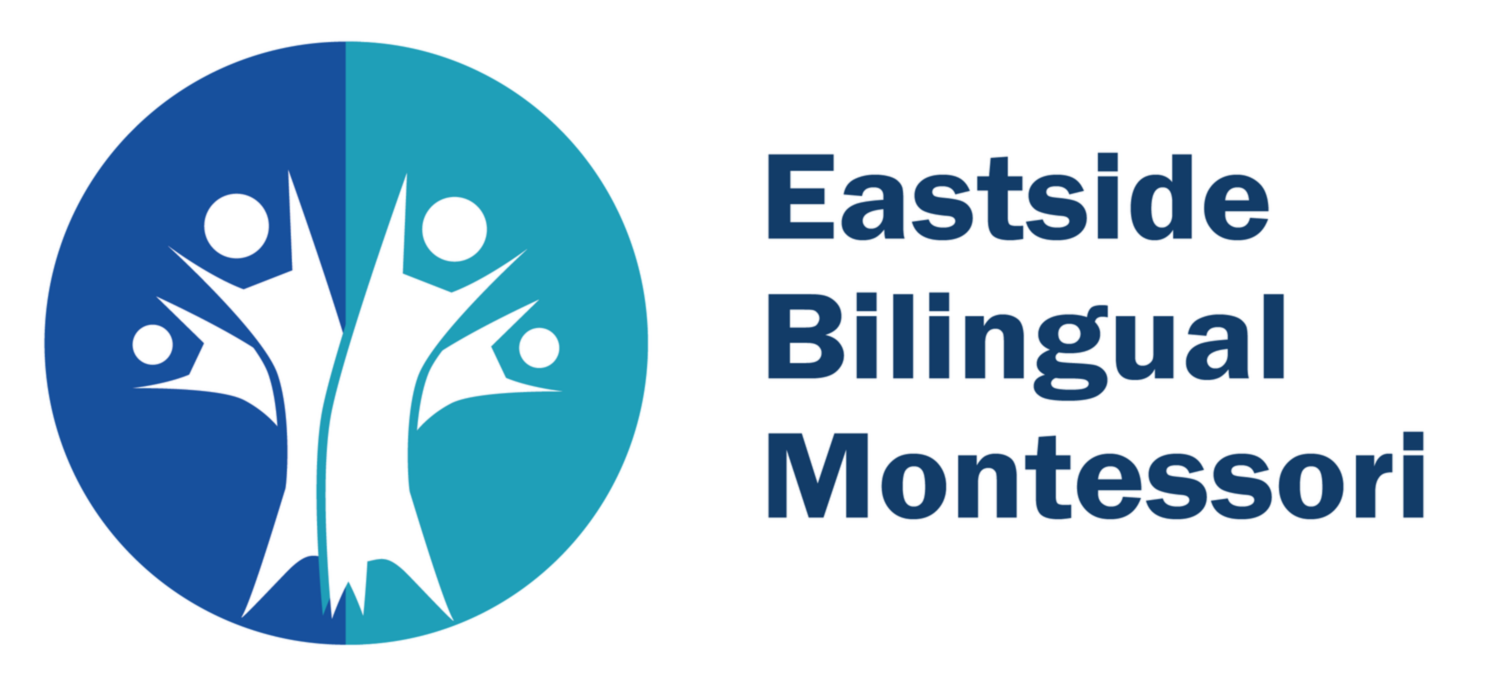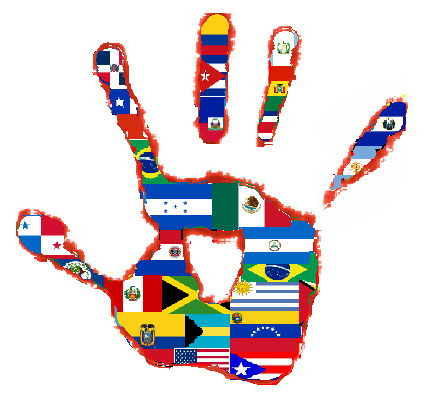The Sensorial Area
Children live in a world of senses, and the Montessori sensorial materials enable children to clarify, sort, classify, and comprehend their world. Through sight, touch, sound, taste, and smell, these materials “throw a spotlight” on reality and play a key role giving children concrete examples of abstract terms. These materials also provide a basis for the development of other skills, such as mathematics and language.
The Practical Life Area
This provides the link between home and school. With child size tools that really work, the young child is able to perform the same activities they see adults do, such scrubbing, pouring, sweeping and polishing. The motions help them gain gross motor control and hand-eye coordination. Children learn the intricacies used to care for oneself, one’s possessions, and one’s environment while developing graceful physical and social skills that show respect for oneself, others and the environment.
The Language Area
The Language Area contains the tactile foundation for writing and reading. The first exposure to writing is presented after the physical preparation found in the sensorial area. Eastside Bilingual Montessori provides the child the Spanish sand-paper letters and matching objects to learn the sounds and develop their vocabulary. The children also have Spanish lessons during circle time as a group and as individuals
The Math Area
The Montessori math materials are used in educational settings around the world. They are concrete manipulatives that give each child the opportunity to have a physical experience of mathematics, which allows them to move into abstraction with a real foundation and understanding of math and its underlying concepts. The child learns the concept of "how many" because they can hold the amount in their hands.







